A $400m commodities bill.
That’s what Procter & Gamble vice chairman and chief financial officer Jon Moeller warned of during an earnings call on P&G’s Q1 2019 results last month.
Of particular concern, he said, was the eye-wateringly high cost of crude oil, which has pushed up the cost of transport and raw materials “for many products”. As a result, P&G - whose brands include Febreze, Head & Shoulders, Olay and Oral-B - had been forced to raise prices on “several products in Home Care, Oral Care and Personal Care”, he said.
P&G isn’t alone. In recent months, Mondelez, Nestle and Unilever have all warned higher freight costs are putting a squeeze on margins, which might force them to increase prices in some markets.
Right. So what’s that got to do with Donald Trump?
Crude oil prices have accelerated since August, when Trump first announced plans to impose sanctions on Iran.
The punitive measures, set to be imposed on 4 November, include an embargo on the import of Iranian oil. At the time, Trump also tweeted that “Anyone doing business with Iran will NOT be doing business with the United States”, prompting some businesses to immediately cease operations in the country.
By October 3 2018, crude oil prices had peaked close to $87 dollars a barrel following what Ryan Fitzmaurice, energy strategist at Rabobank, describes as a “fear driven rally” of the markets.
“Everyone from large fundamental trading houses to hedge funds were positioned bullish based on what they forecast was going to be a supply shock due to the Iran oil sanctions that the Trump administration was implementing,” says Fitzmaurice. “The Iran sanctions don’t come into effect until November, but the market wanted to trade that story ahead of time, expecting prices to increase dramatically.”
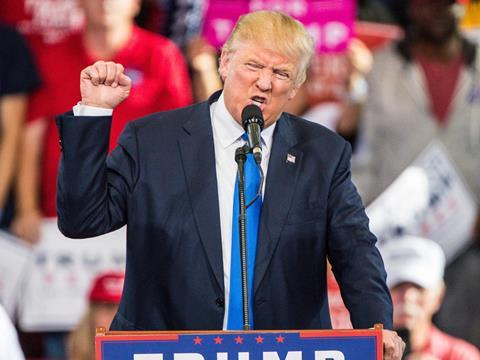
What’s the latest situation?
Crude oil prices have fallen by 13% since the October high to about $76 a barrel, says Ryan Fitzmaurice, energy strategist at Rabobank.
“Nothing has really changed in terms of the Iran oil sanctions, which are still due to go ahead on 4 November,” he adds. “But the narrative has shifted to concerns over demand from emerging markets, especially China.”
The US/China trade war has resulted in a “really weak” equity market in China, with the Shanghai Composite Index – a stock market index of all stocks traded at the Shanghai Stock Exchange – diving down 25% in October.
“The potential supply shock was overwhelmed by the weak Chinese equity market, which has raised concerns of weak demand,” says Fitzmaurice. “China is still the biggest crude importer by far and when their equity market is down 25% it’s hard to ignore.”

What is the outlook for the rest of the year?
Although the Iran sanctions are likely to come “back to the forefront” this month, an increase in supply from Saudi Arabia and the wider OPEC is now expected to fill the void left by lower Iranian exports, says Fitzmaurice. “December 6is the next OPEC meeting so that will be closely watched and will be a key factor in determining if we end the year on a strong note or a weak note.”
The US mid-term elections could also have an effect on the market, he adds. “If the democrats win the house which is expected in the polls, it could weaken sentiment and potentially reverse some of Trumps pro-growth policies, which would be a key driver in terms of crude prices and whether the market is expecting a slowdown.”
At the moment, Rabobank expects crude oil prices will dip by another $4-6 a barrel, and then stabilise at around the $70 a barrel market, says Fitzmaurice. However, that’s still significantly higher than last year, when it was trading at around $60 a barrel.




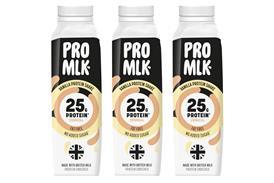


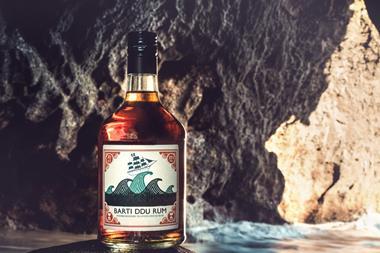
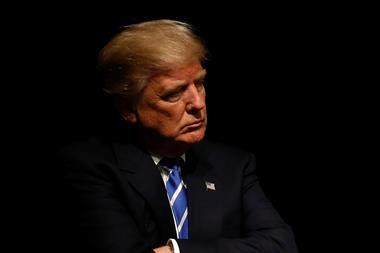
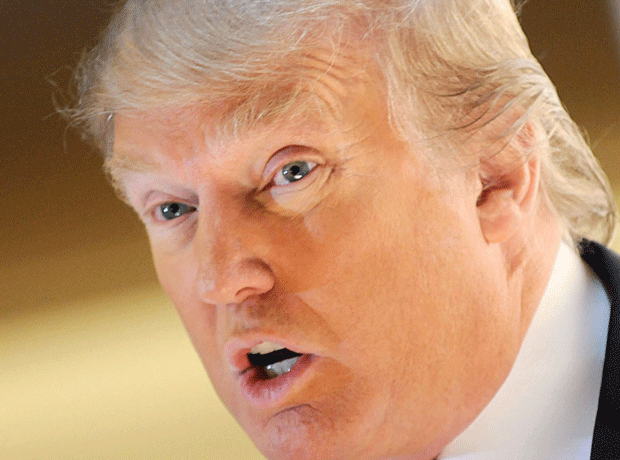

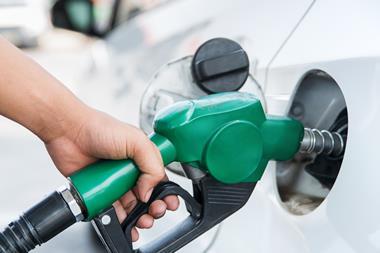


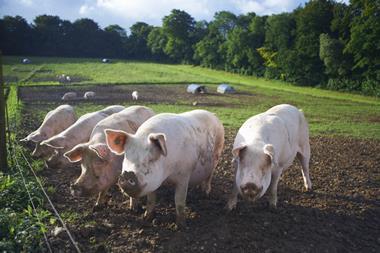




No comments yet